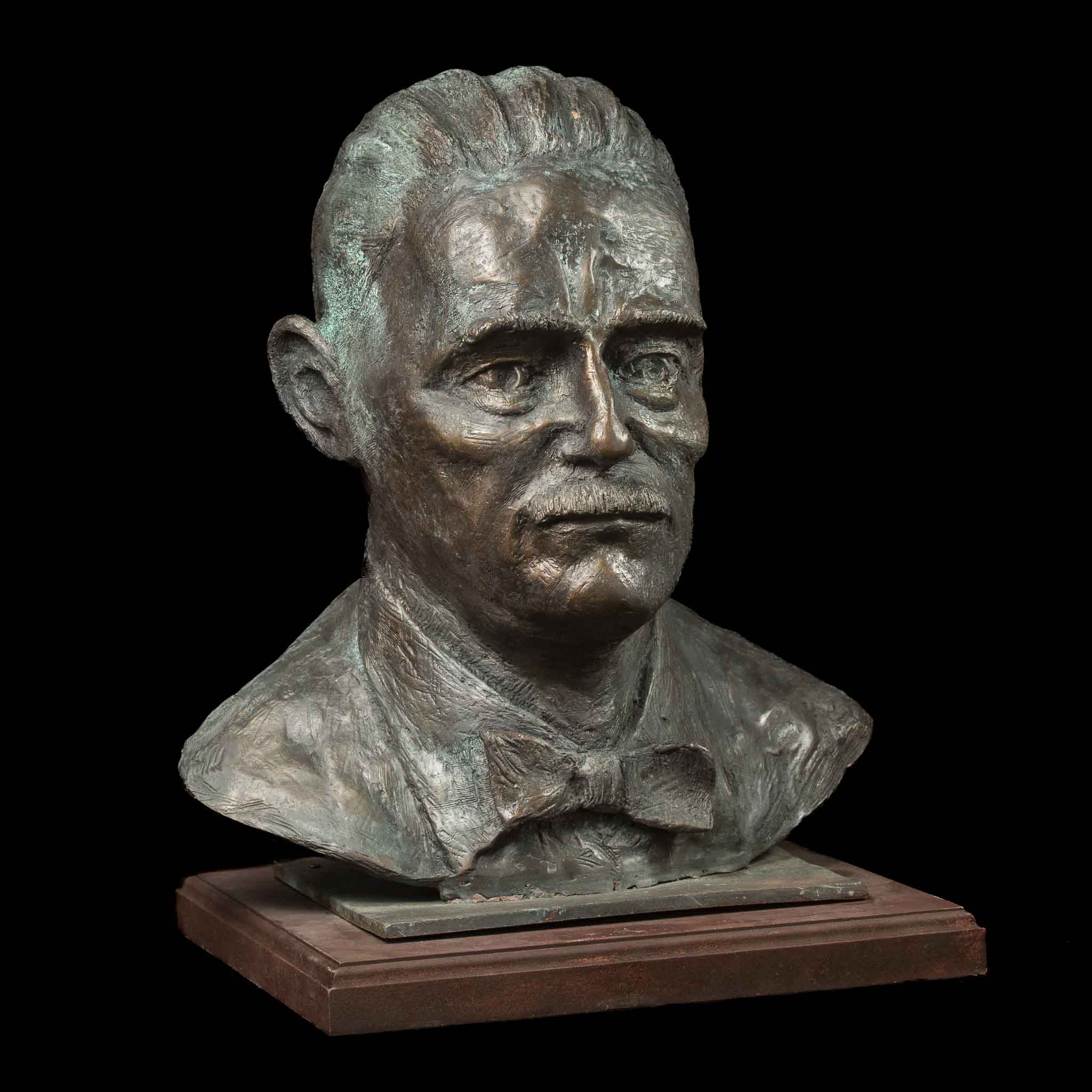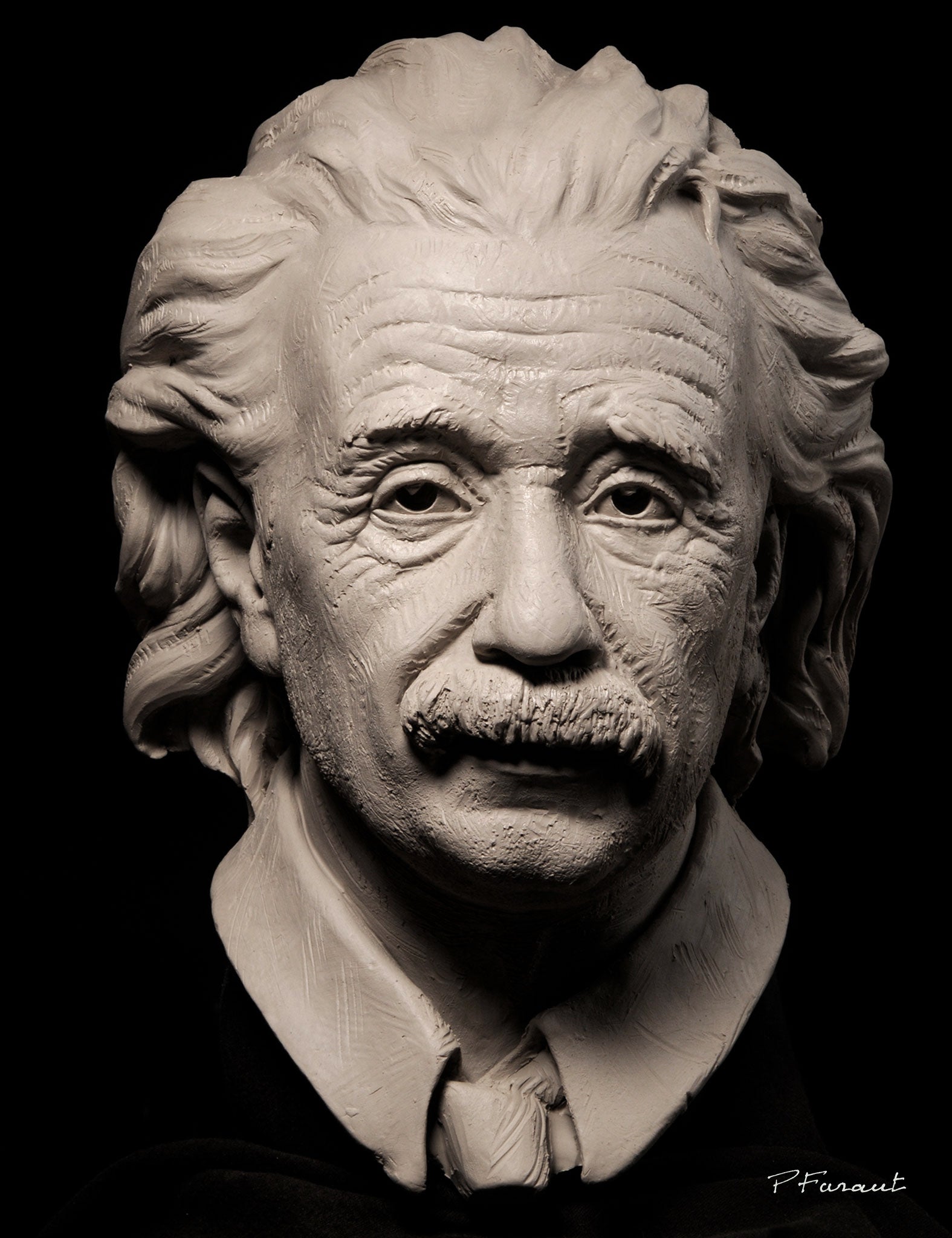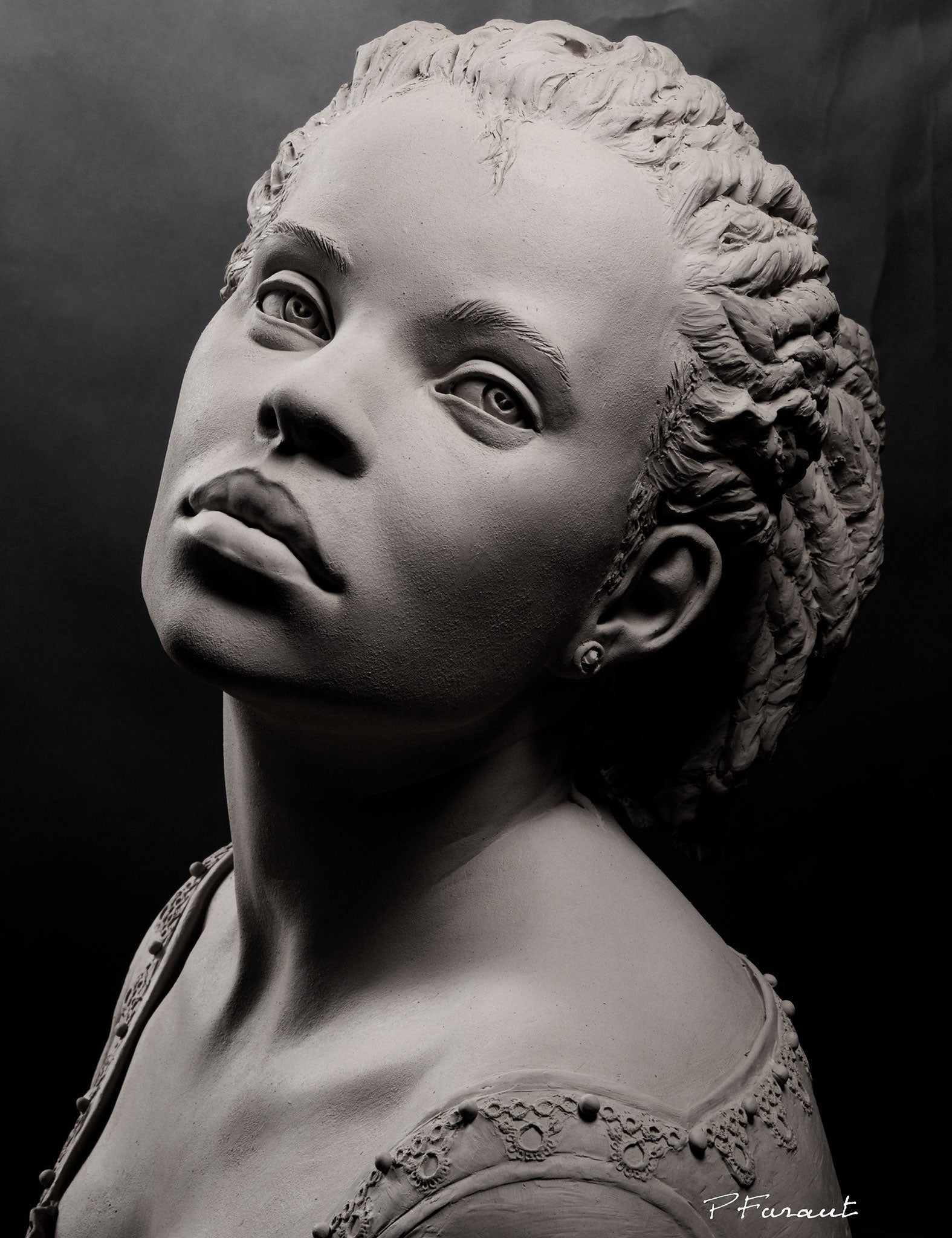In the Spirit of the Horse: Admire the Beauty of Equine Sculptures
Wiki Article
The Development of Sculptures: From Old to Modern
The Development of Sculptures: From Old to Modern.Sculpture, among the earliest kinds of art, has actually been an important component of human civilization for millennia (Robert C Hitchcock Sculptor). From the old human beings of Egypt and Greece to the modern age, sculptures have developed, mirroring changes in artistic techniques, materials, and cultural impacts. This trip via time traces the advancement of sculptures, exploring the shifts in vogue, subject, and creative expression
Beginning with the old globe, sculptures crafted from stone and later on bronze captured the significance of divine beings, leaders, and day-to-day life. The Renaissance duration saw a rebirth of timeless sculpting methods, as musicians sought to emulate the graceful types of ancient Greek and Roman sculptures. In the modern period, artists challenged traditional boundaries, embracing abstraction and testing with brand-new products.

This exploration will certainly look into the diverse advancement of sculptures, exposing the rich tapestry of creative expression across different durations and societies.
Old Sculptures: From Stone to Bronze
Ancient sculptures transitioned from being taken of stone to being cast in bronze. This shift noted a considerable advancement in the art of sculpture, enabling higher refinement and information in the finished works. Stone sculptures, while excellent in their own right, were limited by the nature of the material. Stone called for substantial carving and forming, often resulting in a more simplified representation of the topic.The intro of bronze as a tool for sculptures caused a revolution in imaginative expression. Bronze provided carvers the possibility to produce detailed and realistic types that were not possible with stone. The procedure of casting bronze allowed for the production of numerous duplicates of a sculpture, making it possible for larger circulation and conservation of these creative masterpieces.
The shift from stone to bronze also saw a change in the subject of sculptures. While stone sculptures primarily depicted gods, sirens, and mythological figures, bronze sculptures began to show a more comprehensive array of subjects, including everyday people and animals. This growth of subject showcased the convenience and adaptability of the bronze medium.
Renaissance Revival: Sculpting in the Classical Design
The Renaissance resurgence of sculpture experienced a resurgence in the classical design, building upon the developments made during the shift from stone to bronze in ancient sculptures. During this duration, musicians looked for to recreate the timeless visual and suitables of appeal that were common in ancient Greek and Roman sculptures.Among the crucial attributes of the Renaissance resurgence was the emphasis on naturalism and the human form. Artists like Donatello and Michelangelo make every effort to record the anatomical information and expressions of their topics with unmatched precision. They examined the human body and included their monitorings into their sculptures, resulting in natural and sensible depictions.
One more vital aspect of the Renaissance rebirth was the exploration of perspective and deepness. Artists made use of methods such as contrapposto, where the weight of the body is changed away, creating a feeling of motion and dynamism. They additionally explore different products, including marble and bronze, to accomplish a level of class and complexity in their sculptures.
The timeless style of the Renaissance rebirth had a profound impact on later periods of art, functioning as a structure for the advancement of Western sculpture. It brought a restored recognition for the beauty and magnificence of the human form, and its tradition can still be seen in modern sculptures today.
Modernism and the Avant-Garde: Damaging Traditional Limits

One of the essential attributes of modernist sculpture was the focus on abstraction. Sculptors moved far from practical representations and instead concentrated on recording the essence of the topic with streamlined types and geometric shapes. This departure from traditional representation permitted musicians to reveal their emotions and ideas in a more subjective and individual way.
Moreover, the progressive activity tested societal norms and conventions, urging musicians to experiment and push the published here boundaries of their art - Portrait Sculptor. Artists started integrating non-traditional products such as located items, industrial products, and even natural environments into their job. This expedition of new products and methods not only increased the possibilities for sculpture yet likewise challenged the typical concepts of what could be taken into consideration art
Contemporary Sculptures: Checking Out New Products and Concepts
With an emphasis on exploring brand-new materials and principles, contemporary sculptures have actually reinvented the area of art. Artists today are pushing the borders of conventional sculpture by experimenting and using innovative materials with abstract principles. These sculptures challenge standard notions of significance, materiality, and kind, inviting customers to involve in a new and provocative imaginative experience.Contemporary sculptors are accepting a variety of products, consisting of plastic, glass, steel, and even raw material. Portrait Sculptor. They are not limited to the traditional medium of stone or clay, permitting better freedom of expression and testing. This change towards unique products has actually opened brand-new possibilities for artists to produce sculptures that are vibrant, interactive, and aesthetically striking
In enhancement to exploring new materials, contemporary sculptures likewise explore facility and abstract concepts. Artists are now exploring styles such as identity, social problems, and the atmosphere, making use of sculpture as an effective tool for social discourse and introspection. These sculptures challenge audiences to think critically and engage with art on a deeper level, sparking conversations and provoking psychological responses.
International Impacts: Sculptural Practices From All Over The World

In ancient Egypt, sculptures were produced mainly for spiritual and funerary objectives. The iconic sculptures of gods and pharaohs, such as the Great Sphinx and the breast of Queen Nefertiti, showcase the Egyptians' proficiency of stone sculpting and their idea in the afterlife.
In ancient Greece, sculpture reached its top throughout the classic period. Influenced by the ideals of percentage, consistency, and appeal, Greek sculptures highlighted the human form and commemorated the success of gods, athletes, and heroes. The famous sculptures of Aphrodite of Knidos and the Discobolus exemplify the Greeks' search of excellence in sculptural art.
In ancient Rome, sculpture offered both political and imaginative purposes. Portrait Sculptor. Roman sculptures frequently depicted emperors, generals, and mythical figures, mirroring the power and magnificence of the empire. The marble statuary of Augustus of Prima Porta and the significant Arch of Constantine are remarkable instances of Roman sculptural achievements
Eastern sculptural customs, particularly in India, China, and Japan, have additionally had a profound influence on the development of sculptures. Indian sculptures, such as the intricately sculpted temples of Khajuraho and the enormous statues of Buddha, show a rich blend of religious, mythical, and architectural aspects. Chinese sculptures, characterized by their great workmanship and interest to information, usually represent deities, pets, and famous numbers. Japanese sculptures, influenced by Buddhism, emphasize simpleness and tranquility, seen in the tranquil statuaries of Buddha and the sophisticated art of bonsai.
The international influences on sculpture remain to develop in the modern-day age. Musicians today draw ideas from numerous sculptural traditions, integrating brand-new products, techniques, and concepts to produce thought-provoking and innovative art work. The fusion of various social influences has triggered a diverse and dynamic sculptural landscape, mirroring the interconnectedness of our global society. As we seek to the future, it is specific that the international influences on sculpture will continue to shape and redefine this old art type.
Conclusion
In conclusion, the advancement of sculptures has actually seen a shift from old rock and bronze works to the classic resurgence throughout the Renaissance. Today, contemporary sculptures check out new materials and ideas, while likewise attracting inspiration from global sculptural practices - Robert C Hitchcock Sculptor.From the ancient people of Egypt and Greece to the modern-day era, sculptures have developed, showing adjustments in imaginative techniques, materials, and social influences.Starting with the old globe, sculptures crafted from rock and later on bronze recorded the significance of deities, rulers, and everyday life.Ancient sculptures transitioned from being carved out of stone to being cast in bronze. While stone sculptures primarily illustrated gods, sirens, and mythical numbers, bronze sculptures started to mirror a more comprehensive array of topics, consisting of day-to-day individuals and pets.In verdict, the advancement of sculptures has actually seen a change from old stone and bronze works to the classic resurgence during the Renaissance.
Report this wiki page